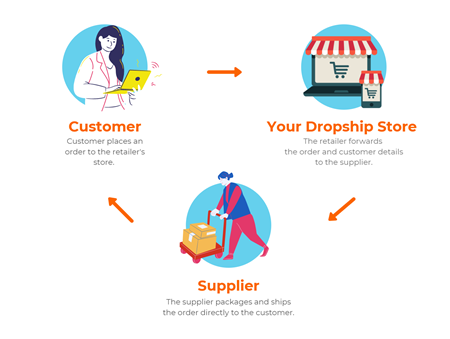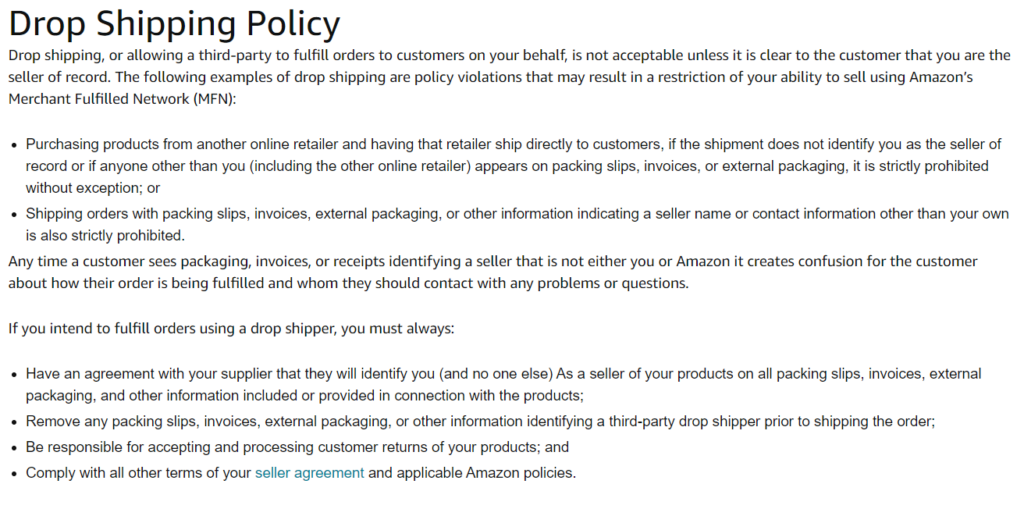With the right strategies and tools, Amazon dropshipping can be a very profitable business. This platform has plenty of benefits for sellers, and you can take advantage of them by setting up a seller account, finding suppliers, selecting high-demand, low competition products, and getting your products out for the world to see.
When you’re ready to scale, it’s also a good idea to invest in reliable software to optimize your store and provide stellar customer support. Remember: tools can only work wonders if used well, so be sure to use—not just read and then forget—what you’ve learned from this guide.






